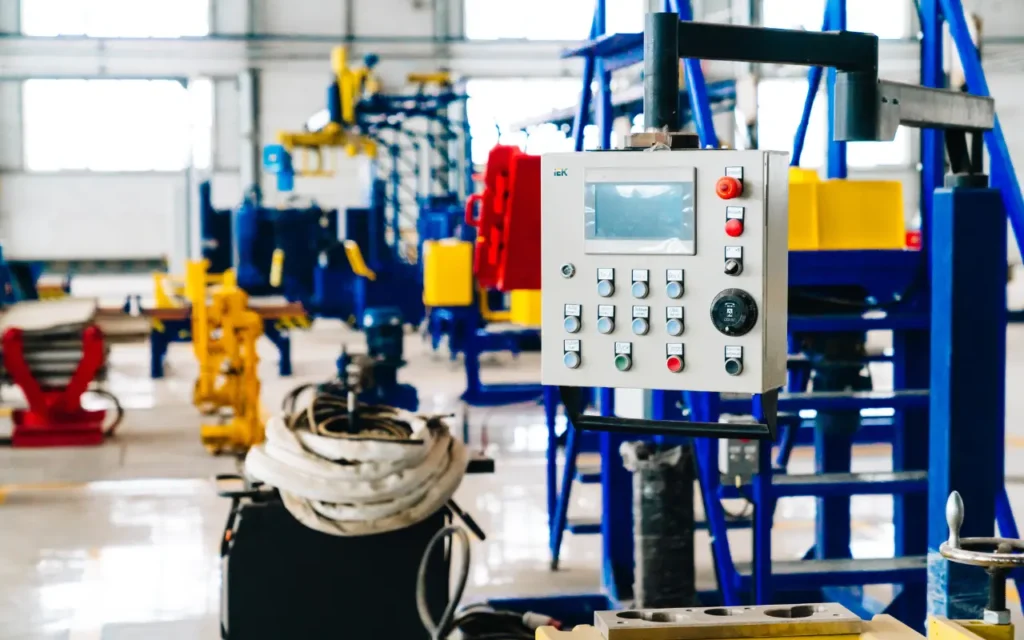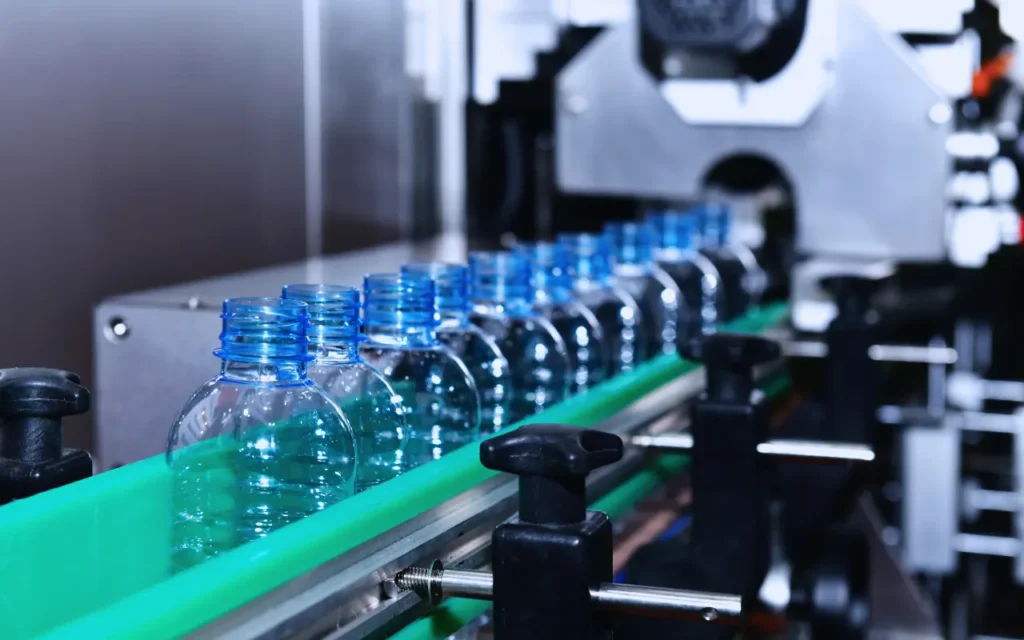
Automation is transforming industries across the globe, making processes faster, more efficient, and often more cost-effective. However, with increased automation comes a greater need for safety. A well-designed automation system must not only perform efficiently but also protect equipment, operators, and the surrounding environment from potential hazards. To achieve this, integrating the right components is key—especially those built specifically with safety in mind. Among these, safety relay modules play a crucial role.
In this article, we’ll explore the essential components that contribute to building safer automation systems and explain why incorporating safety-specific devices is non-negotiable in modern industrial setups.
The Importance of Safety in Automation
Safety in automation isn’t just a regulatory requirement—it’s a practical necessity. A single malfunctioning system can cause injuries, downtime, and costly repairs. From robotic arms on production lines to conveyor systems and CNC machines, automated equipment is powerful and often dangerous if something goes wrong.
Incorporating safety measures early in the design process reduces risks, boosts productivity, and improves compliance with safety standards such as ISO 13849, IEC 62061, and OSHA regulations. These frameworks outline the importance of risk assessment and demand that systems include functional safety components.
Essential Components of a Safe Automation System
To build a reliable and secure automation system, several components must work together harmoniously. Here are some of the most important:
1. Emergency Stop Devices
An emergency stop (E-stop) is often the most visible safety feature on an automation setup. When triggered, it instantly halts all operations. E-stops must be easily accessible and wired into safety circuits that guarantee the machine cannot resume until the issue is resolved.
2. Safety Light Curtains and Laser Scanners
These sensors detect when a person or object enters a hazardous area. Light curtains use infrared beams to create a protective screen; if any beam is broken, the machine stops immediately. Laser scanners offer more flexible coverage and can be programmed to trigger different responses based on the zone breached.
3. Safety Interlock Switches
Used on machine guards and doors, interlock switches ensure equipment cannot be operated unless all protective barriers are properly closed. Some systems won’t even power on unless the safety doors are confirmed to be locked in place.

4. Two-Hand Control Devices
To prevent accidental activation of machinery, two-hand control devices require the operator to use both hands to start a process. This ensures that hands are out of harm’s way during potentially dangerous machine operations like stamping or cutting.
5. Safety PLCs
While traditional PLCs handle general control functions, safety PLCs are programmed with safety protocols and certified to meet high safety standards. They monitor and manage safety devices and are capable of performing diagnostics, fault detection, and fail-safe shutdowns.
6. Safety Relay Modules
Among the most critical components in any safety control system are safety relay modules. These devices monitor and verify the operation of safety functions—such as E-stops, light curtains, or interlock switches—ensuring that a system shuts down safely in case of failure.
Safety relay modules act as an intermediary between input devices (like sensors or switches) and output actuators (such as motors or contactors). They’re designed with redundancy and self-monitoring features, which help detect faults like stuck contacts or wiring errors. This added intelligence means that if one part of the safety circuit fails, the entire system can still react appropriately to prevent an accident.
Why Safety Relay Modules Are So Vital
Let’s take a closer look at why safety relay modules are essential:
- Redundancy and Monitoring: Most are built with dual-channel circuits that constantly verify each other. If a fault is detected, the system enters a safe state.
- Fail-Safe Operation: If the relay detects an anomaly—such as a short circuit or component failure—it automatically disconnects power to critical machine functions.
- Easy Integration: They’re relatively easy to wire and program, making them suitable for both small machines and large systems.
- Standard Compliance: Safety relay modules are built to meet international safety standards, making compliance with legal and industry regulations easier to achieve.

Planning for Safety from the Start
Incorporating safety into automation shouldn’t be an afterthought. The safest and most effective systems are designed with protective components integrated from the very beginning. This process usually involves:
- Risk Assessment: Identify hazards and determine the level of safety required.
- Component Selection: Choose devices, including safety relays, that match the risk level and operational needs.
- Validation and Testing: Regularly test all safety functions to ensure reliability and responsiveness.
Working with certified components and following safety design principles helps reduce liability and ensures a smooth workflow—even in high-speed or complex automation environments.
The Future of Safe Automation
As industrial automation continues to evolve with technologies like AI, robotics, and IIoT (Industrial Internet of Things), safety systems are also advancing. Smart safety components can now provide real-time diagnostics, predictive maintenance alerts, and cloud-based data for better decision-making.
Even so, the core principles remain the same: prioritize human safety, comply with standards, and use trusted components—like safety relay modules—to keep operations running smoothly and securely.
Final Thoughts
Safety in automation is not just about meeting standards—it’s about creating reliable, user-friendly, and future-proof systems. By selecting the right components, such as sensors, interlocks, and especially safety relay modules, you create a solid foundation for protecting both people and machines. Whether you’re building a new system or upgrading an old one, safety should always be at the core of your design.
Further Reading









